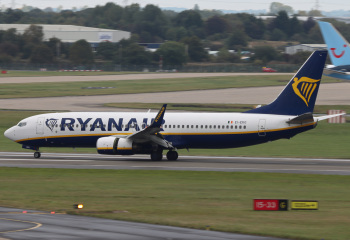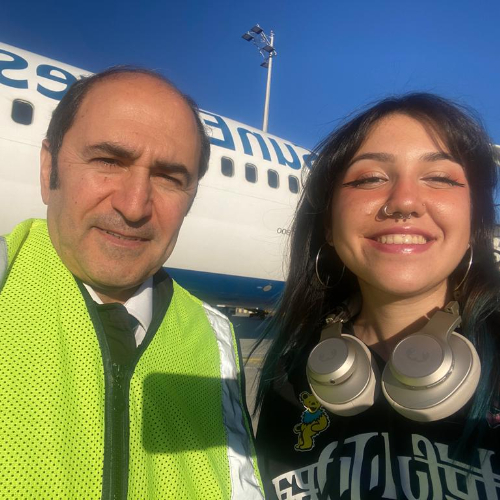Due to a flap malfunction, Ryanair flight FR 3945, operated with a Boeing 737-800, diverted to London-Gatwick (LGW) instead of its intended destination, Bournemouth (BOH).
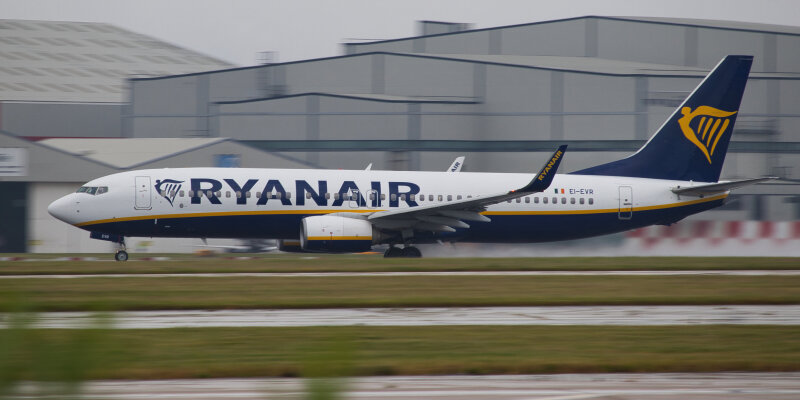
The Incident
A technical issue involving the aircraft's flaps forced FR 3945 from Faro (FAO) to Bournemouth to divert to Gatwick on February 26. Roy Brice, a flight passenger, said he first heard the plane and then observed it circling to Bournemouth airport and heading towards New Forest. He then utilized an app to track the plane's sudden diversion.
Roy stated: "It was the most incredible noise that shook through the house. The plane was not much more than 500ft from the ground, and it was dropping all the time I was watching it." According to him, the plane tracking app showed 10 emergency vehicles were waiting on the Gatwick (LGW) runway when the plane landed.
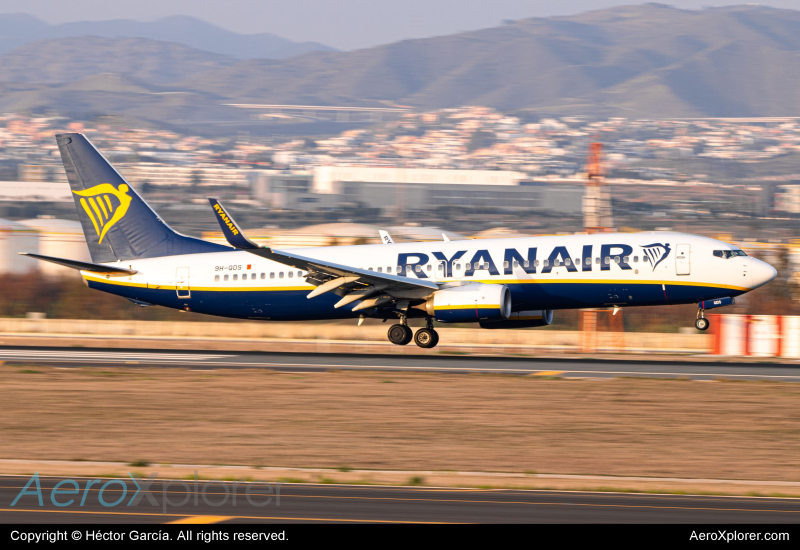
The Flight
The flight departed from Faro at 7:20 p.m. local time before heading to Bournemouth's Hurn airport. While approaching the destination, the aircraft started a go-around and proceeded immediately to London Gatwick for emergency purposes. FR 3945 landed safely at 10:49 p.m. local time.
The issue has been reported as a problem considering the aircraft's flaps. The flap issue causes the pilots operating on the plane to have limited drag to reach their optimal landing speed since flaps are crucial for controlling speed and angle during landing. The landing speeds are determined before the arrival with specific configurations on the aircraft to achieve them. When there is a high-speed approach, the plane would require more runway space so it has enough to attain a stop safely.
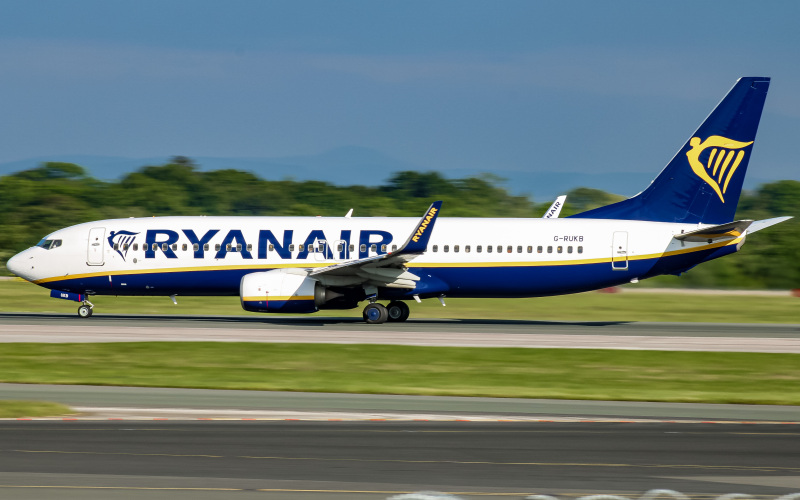
In this case, pilots would not have enough runway length to actualize the landing on Bournemouth because a high-speed approach would be required. Because of the limitations the emergency caused, the plane landed safely at London Gatwick, which provides a wider margin for a secure landing under compromised conditions.
A Ryanair spokesperson said:
"This flight from Faro to Bournemouth (26 Feb) diverted to Gatwick due to a minor technical issue with the aircraft. The aircraft landed normally at Gatwick and was inspected by engineers who cleared the aircraft to return to service later the same day."
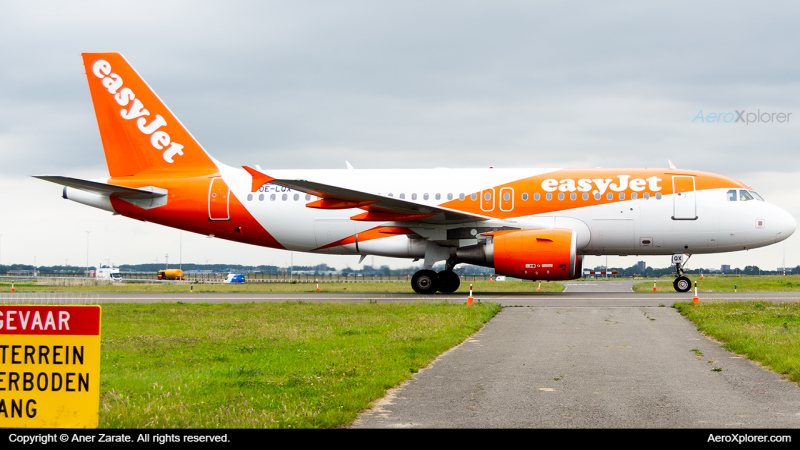
Another Emergency Landing
Pilots of an EasyJet flight from Funchal, Portugal, to London-Gatwick reported an emergency landing for flight U28522 mid-flight due to "smoke throughout the cabin." The incident also occurred on February 26. The aircraft involved was G-EJCD, an almost 15-year-old Airbus A320. U28522 departed from Madeira at 7:14 p.m. local time, and during the descent to London, Gatwick declared an emergency, requesting a priority landing. The aircraft landed in Gatwick at 11:20 p.m. local time.
It is unclear where the smoke began in the aircraft, but an emergency landing was required. It is because the problem is the immediate threat of smoke inhalation to the passengers onboard. As a result, both planes achieved to prioritize the passengers' health and accomplish emergency needs as professionals operating the duty.
Comments (0)
Add Your Comment
SHARE
TAGS
NEWS Ryanair Ireland EasyJet Emergency Incident London United Kingdom UK Boeing 737-800 SafetyRECENTLY PUBLISHED
 Learjet Owned By Vince Neil Crashes Into Gulfstream Jet, 1 Fatality Confirmed
On February 10th, around 14:30 local time, a Learjet private jet aircraft crashed into another private jet after landing at Scottsdale Airport (SCF) in Arizona.
NEWS
READ MORE »
Learjet Owned By Vince Neil Crashes Into Gulfstream Jet, 1 Fatality Confirmed
On February 10th, around 14:30 local time, a Learjet private jet aircraft crashed into another private jet after landing at Scottsdale Airport (SCF) in Arizona.
NEWS
READ MORE »
 Seattle Plane Strike 2025: Japan Airlines and Delta Collision Raises Safety Concerns
Seattle-Tacoma International Airport saw a concerning incident on Wednesday morning when a Japan Airlines (JAL) plane clipped a parked Delta Air Lines jet while taxiing. Thankfully, no one was injured, but passengers described the collision as a frightening experience.
NEWS
READ MORE »
Seattle Plane Strike 2025: Japan Airlines and Delta Collision Raises Safety Concerns
Seattle-Tacoma International Airport saw a concerning incident on Wednesday morning when a Japan Airlines (JAL) plane clipped a parked Delta Air Lines jet while taxiing. Thankfully, no one was injured, but passengers described the collision as a frightening experience.
NEWS
READ MORE »
 Ethiopian Airlines Expands Cargo Fleet with New Boeing 777 Freighter
Ethiopian Airlines has expanded its cargo fleet with a brand-new Boeing 777 Freighter, registered as ET-BAB (MSN 68140). The aircraft was delivered directly from Boeing’s factory in Everett, Washington, USA, and landed at Addis Ababa Bole International Airport at 3:41 PM (GMT+3) on Wednesday, January 22, 2025.
NEWS
READ MORE »
Ethiopian Airlines Expands Cargo Fleet with New Boeing 777 Freighter
Ethiopian Airlines has expanded its cargo fleet with a brand-new Boeing 777 Freighter, registered as ET-BAB (MSN 68140). The aircraft was delivered directly from Boeing’s factory in Everett, Washington, USA, and landed at Addis Ababa Bole International Airport at 3:41 PM (GMT+3) on Wednesday, January 22, 2025.
NEWS
READ MORE »



